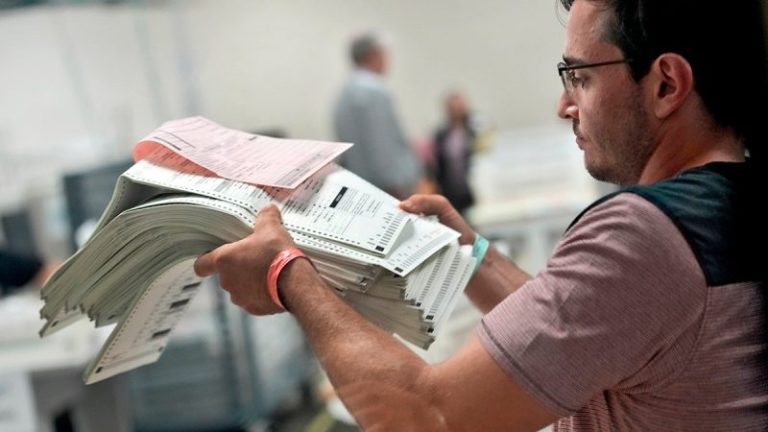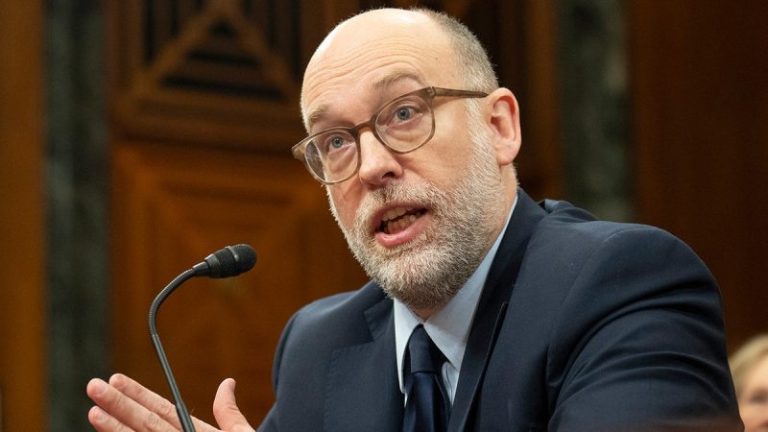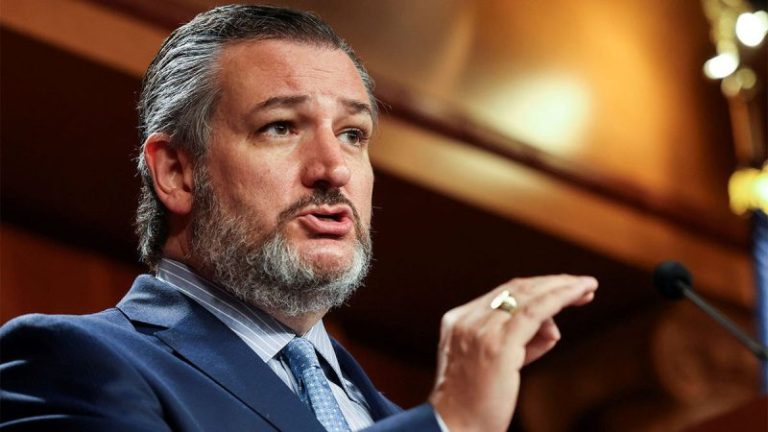A nonpartisan election integrity watchdog has released a detailed report outlining what it says are must-needed reforms to be taken up in states across the country to ensure election integrity.
The Honest Elections Project (HEP) released its 2025 ‘Safeguarding our Elections’ report that lists over a dozen ‘critical’ measures, ranging from voter ID to cleaning up voter rolls to banning foreign influence in elections.
‘Election integrity ballot issues passed with flying colors across the board on election night. Now that state legislative sessions are starting up, lawmakers have a duty to fulfill the mandate the American people gave to make it easy to vote and hard to cheat,’ HEP Executive Director Jason Snead told Fox News Digital.
‘Honest Elections Project’s 2025 ‘Safeguarding Our Elections’ report gives legislators a roadmap to do exactly that.’
HEP has been active in recent years advocating against foreign influence in statewide elections via dark money and various loopholes, which the report discusses in the first section and points to polling showing 78% of Americans oppose foreign funding in elections.
‘It is illegal for foreign nationals to contribute to political candidates, but a legal loophole allows them to contribute both directly and indirectly to ballot measure campaigns,’ the report states.
‘A single left-wing group, the Sixteen Thirty Fund, has simultaneously accepted approximately $243 million from foreign billionaire Hansjörg Wyss and spent $130 million supporting or opposing ballot issue campaigns in 25 states. Ballot issues can rewrite election laws and change state Constitutions. These campaigns should not be a Trojan Horse for foreign influence, whether from activists like Wyss or hostile foreign powers like China and Russia.’
The report also warns against Ranked Choice Voting (RCV), which some states have banned but other states, including Alaska, continue to use it.
‘RCV makes it harder to vote, harder to understand election results, and harder to trust the voting process,’ the report explains.
‘Nevertheless, a small group of left-wing megadonors are pushing RCV as a way to drag politics to the left. In 2024, donors like John and Laura Arnold collectively spent $100 million on ballot measures to bring RCV to six new states. Voters rejected them all, defeating ballot issues in states as diverse as Arizona, Colorado, Idaho, Montana, Nevada, and Oregon.’
‘Zuck Bucks’ became an increasingly controversial aspect of election security after Facebook founder Mark Zuckerberg poured $400 million in grants during the 2020 election to fund a variety of work and equipment. HEP’s report urges states to prevent similar instances from occurring in the future.
‘Elections should be accountable to the public, not to special interest groups and liberal megadonors,’ the report says. ‘In 2020, left-wing nonprofits pumped more than $400 million from Meta CEO Mark Zuckerberg into thousands of election offices, giving more money to places that ultimately voted for Joe Biden.’
Other issues in the report include, requiring transparency and robust post-election audits of election processes and procedures, ensuring that elected lawmakers write election laws, and protecting vulnerable mail ballots.










